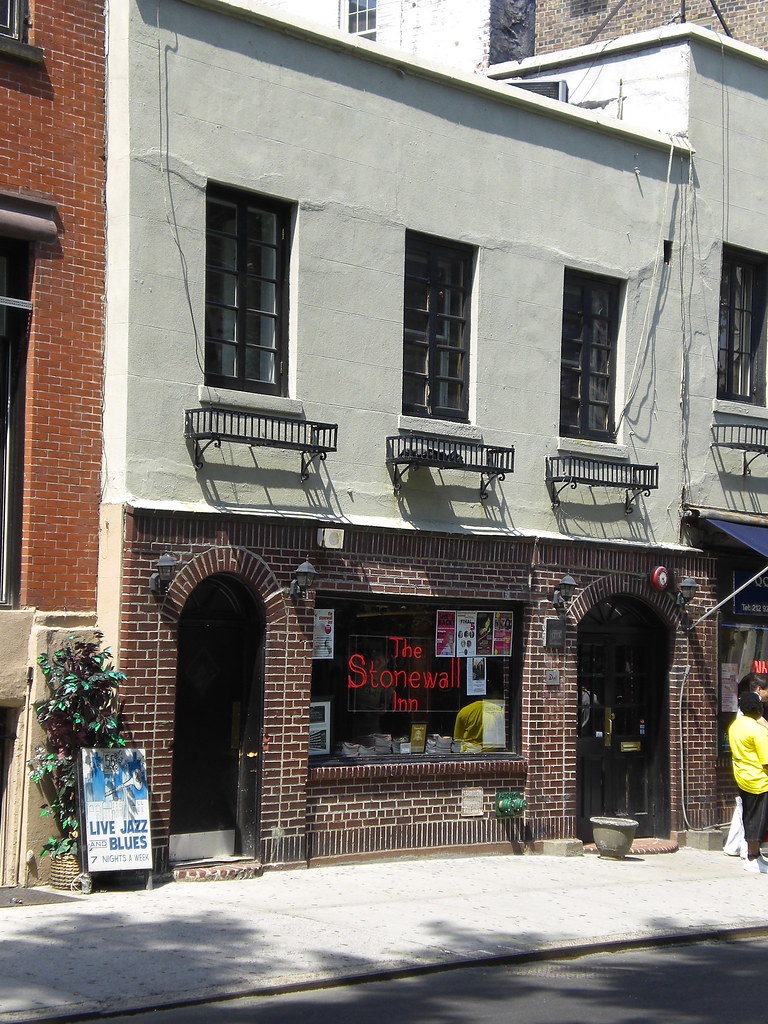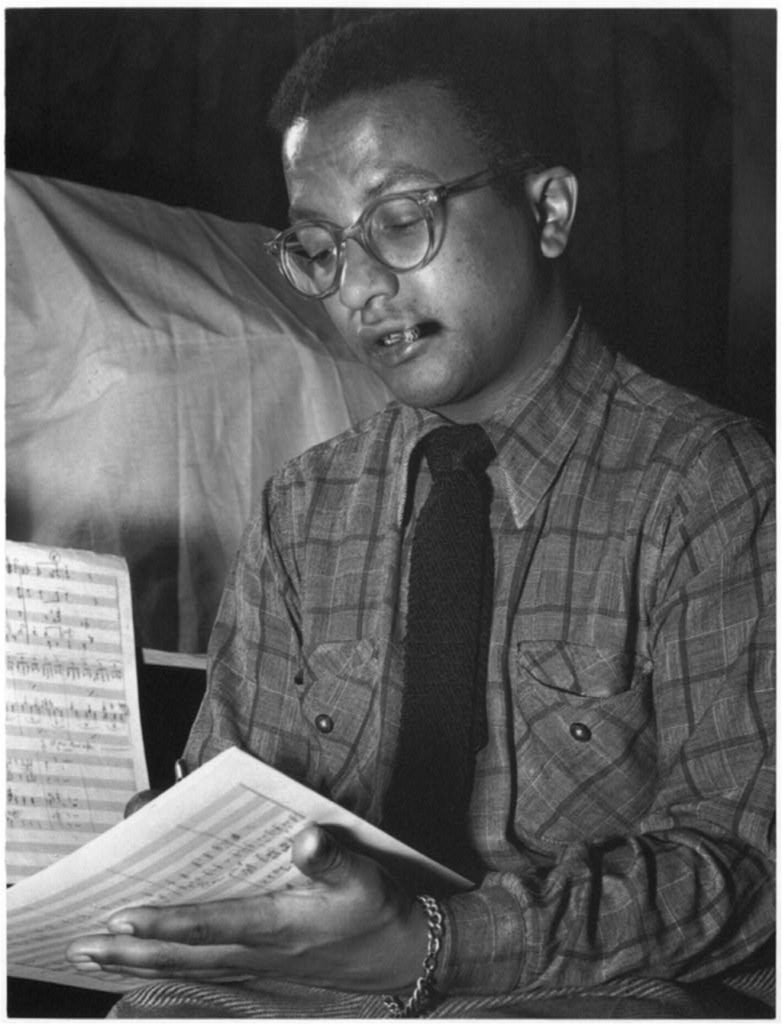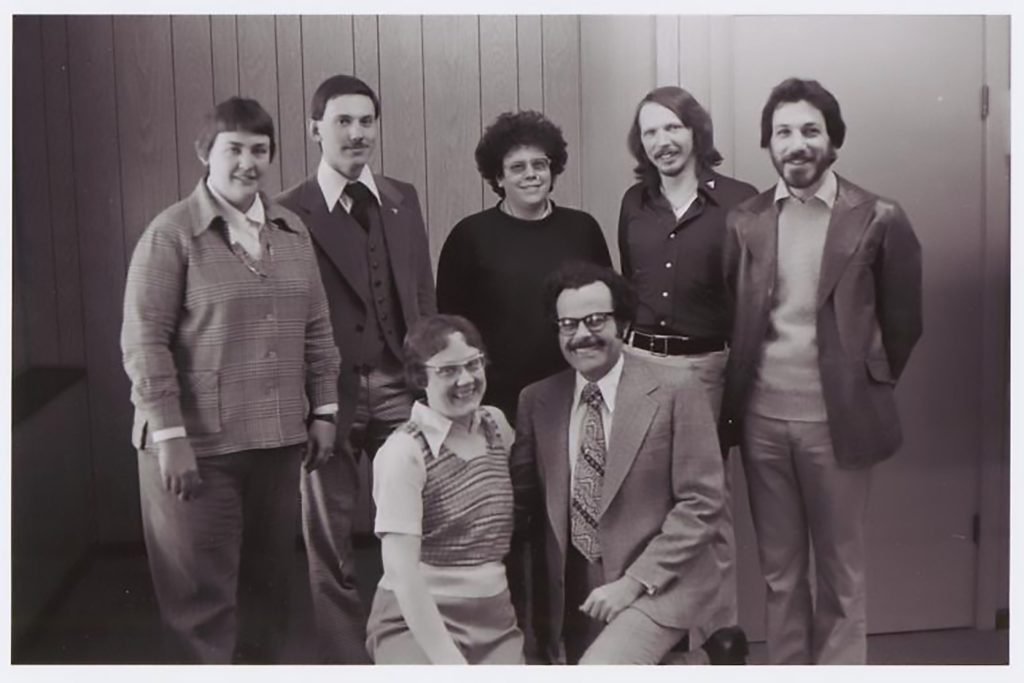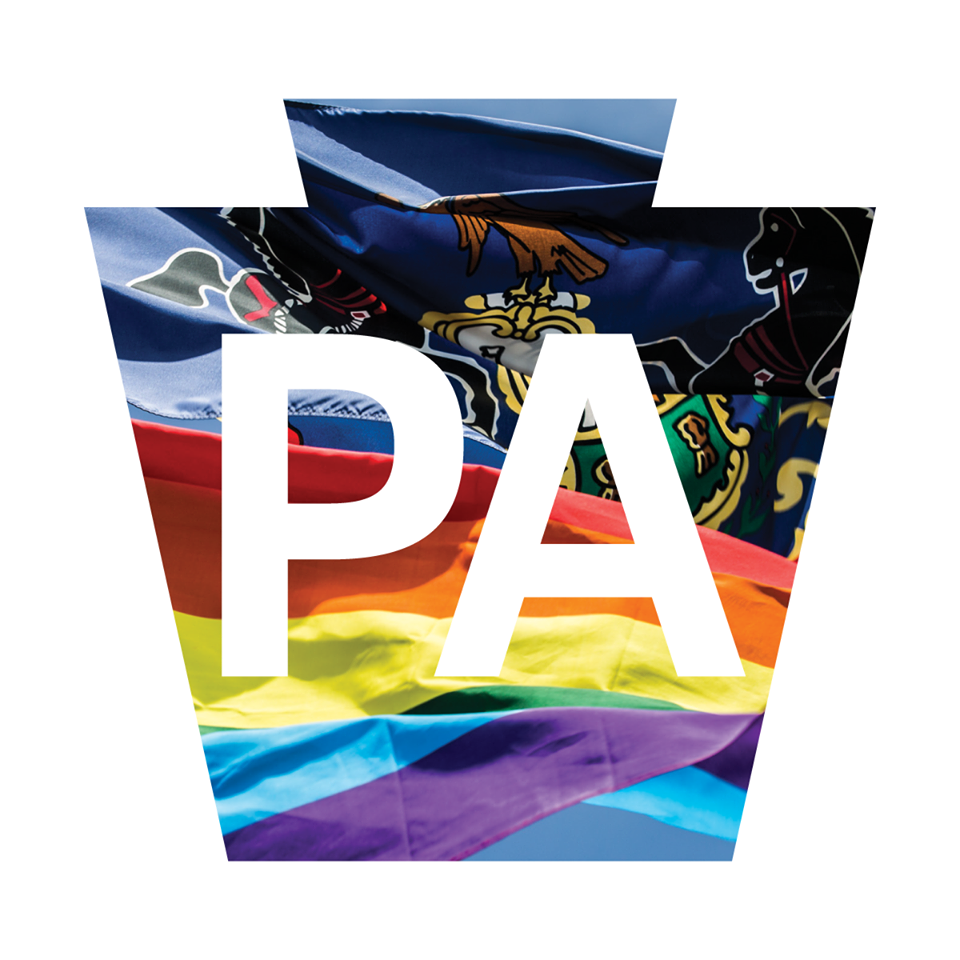June is LGBTQ+ (Lesbian, Gay, Bisexual, Transgender, and Queer) Pride Month, a time to celebrate the LGBTQ+ community, how far we’ve come in the advancement of equal rights, and to recognize the work that’s yet to be done.
This year’s Pride Month is notable because it marks the 50th anniversary of the Stonewall Uprising.
In the early morning hours on June 28, 1969, the New York Police Department raided the Stonewall Inn, a gay bar in New York City. The raid escalated to physical and verbal violence against the patrons and a riot against the police formed. Demonstrations and ongoing conflict with the NYPD continued for six days.

While raids of gay bars and violence against LGBTQ+ people were common in the 1950s and 60s, the events at Stonewall quickly became national news and sparked our modern-day LGBTQ+ liberation movement.
To honor Marsha P. Johnson, Miss Major, Silvia Rivera, and other LGBTQ+ activists who played significant roles at Stonewall and went on to lead the fight for civil rights for LGBTQ+ people, this post explores three moments of LGBTQ+ history that happened in Pennsylvania both before and after the Stonewall Uprising.
Western Pennsylvania
We start in Western Pennsylvania with Billy Strayhorn. Though born in Dayton, Ohio on November 29, 1915, Strayhorn spent his early childhood and young adult years in Pittsburgh, Pennsylvania before moving to New York City.
A pianist and composer, he is perhaps best known for his collaborations with Duke Ellington, such as “Take the ‘A’ Train.” The two met in Pittsburgh in 1938 and worked together for nearly three decades.

Strayhorn was an openly gay black man, which was revolutionary for his time. From 1939 to 1948, he lived with his partner Aaron Bridger in a Harlem rowhouse which is still standing today.
In addition to being open about his sexuality, Strayhorn was active in the advancement of civil rights. Together with Ellington in 1941, Strayhorn wrote arrangements for Jump for Joy, a musical that challenged racist representations of African Americans and starred an all-Black cast. In 1963, Strayhorn wrote and conducted the song “King Fought the Battle of ‘Bam” to honor Dr. Martin Luther King Jr. and the Civil Rights Movement.
Central Pennsylvania
Moving to Central Pennsylvania, we look to 1974. In this year, Governor Milton Shapp formed a task force to address issues faced by the commonwealth’s gay and lesbian constituents.

Months later, on April 23, 1975, Governor Shapp signed an executive order to end discrimination of LGBTQ+ employees in state government. Pennsylvania was the first state in the nation issue such protections for LGBTQ+ people.
In 1976, the task force was formally recognized as the Pennsylvania Council for Sexual Minorities and lasted for about 10 years. This was another national milestone, as the council was the first governmental body in the United States to change state policy to better protect LGBTQ+ people and address HIV/AIDS.
Eastern Pennsylvania
Finally, we head to Philadelphia to celebrate community history in Eastern Pennsylvania. In 1989, Kiyoshi Kuromiya founded Critical Path AIDS Project, a local organization that provided comprehensive services for people with HIV. Critical Path was first based in Kuromiya’s home in Philadelphia neighborhood Fitler Square and published some of the first internet resources about HIV/AIDS.

The organization has since moved to Center City, and though Kuromiya passed away in 2000, Critical Path AIDS Project (now called Critical Path Learning Center continues to serve its local community, promoting health and digital literacy.
Uncovering Pennsylvania’s LGBTQ+ History
Billy Strayhorn, the members of the Pennsylvania Council for Sexual Minorities, and Kiyoshi Kuromiya are just a few of many LGBTQ+ Pennsylvanians who have done and continue to do amazing things in their communities.
PHMC, in partnership with the LGBT Center of Central PA History Project, is currently researching and documenting Pennsylvania LGBTQ+ historic sites and events.
You can learn more about the History Project in a blog post from last year by Barry Loveland, Chair of the LGBT Center of Central PA History Project, or on the History Project’s website.
—
This week’s post was written by Ashley Famularo. Ashley is a graduate student at University of Leicester pursuing a Master of Arts in Socially Engaged Practice in Museums and Galleries. In addition to their studies, Ashley is Collections Assistant at The Hershey Story Museum, volunteers and serves on the steering committee for the LGBT Center of Central PA History Project, and is assisting PHMC and the History Project research and document LGBTQ+ sites in Pennsylvania.

Vital research into bringing to light often hidden or not as widely celebrated personal stories.
Important all year around.
Well done to all involved.